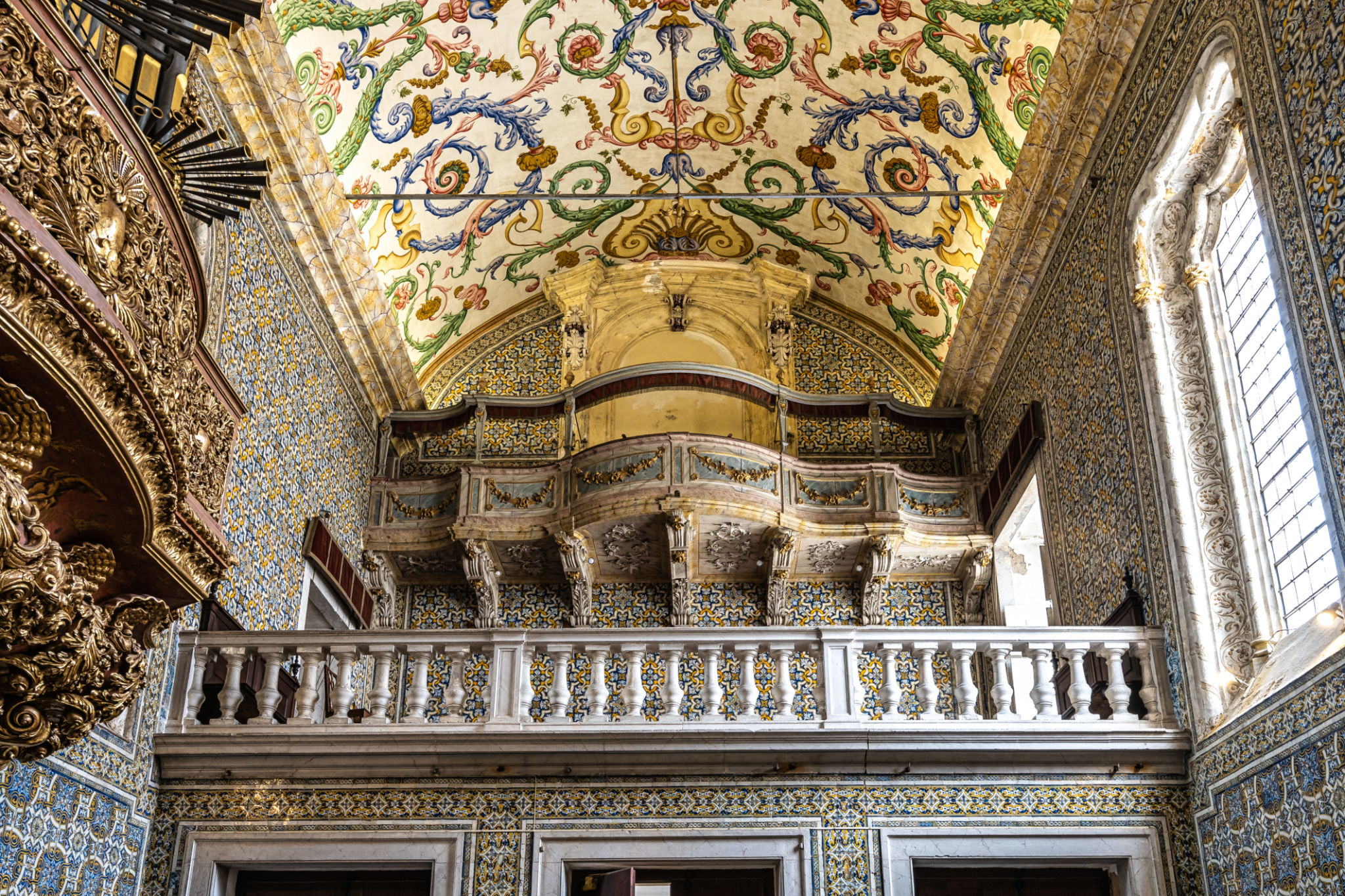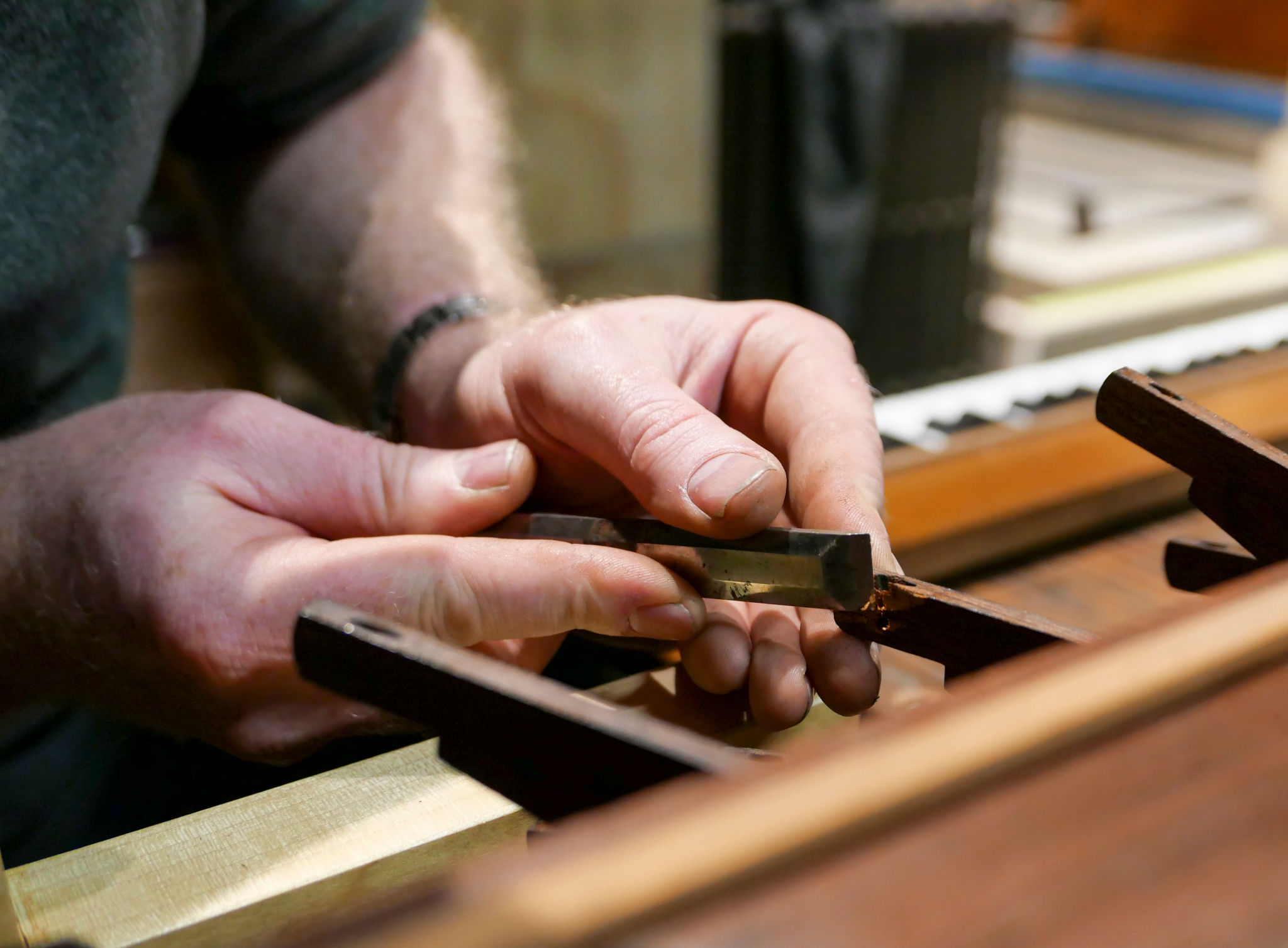Behind the Scenes: The Craftsmanship of Pipe Organs in Portugal
Introduction to Portuguese Pipe Organs
Portugal is home to some of the most exquisite and historically significant pipe organs in the world. These majestic instruments are not only a testament to the country's rich musical heritage but also highlight the intricate craftsmanship involved in their creation. In this blog post, we delve into the behind-the-scenes world of pipe organ craftsmanship in Portugal, exploring the artisans and techniques that bring these magnificent instruments to life.
From the grand cathedrals of Lisbon to the hidden chapels in rural villages, pipe organs have been an integral part of Portuguese culture for centuries. Each organ is a unique masterpiece, reflecting the artistic vision and technical prowess of its creators. The process of building and maintaining these instruments is a true art form, requiring a combination of historical knowledge, skilled craftsmanship, and a passion for music.

The Artistry Behind Crafting Pipe Organs
Crafting a pipe organ is an intricate process that involves a multitude of steps, each requiring expert precision and attention to detail. The journey begins with designing the organ, a task that balances acoustical requirements with aesthetic considerations. This phase involves close collaboration between architects, acousticians, and organ builders to ensure that the instrument will not only sound exceptional but also complement its surroundings.
Once the design is finalized, artisans move on to selecting materials, often choosing high-quality woods such as oak and mahogany for their durability and resonance. Pipes are crafted from a variety of metals, including tin and lead alloys, each contributing to the organ's distinct tonal qualities. The construction of these pipes is an exacting process, as even the slightest deviation can affect the sound produced.
The Role of Organ Builders
The heart and soul of any pipe organ are its builders. These skilled craftsmen are responsible for assembling thousands of individual components into a cohesive whole. The process involves not only mechanical assembly but also intricate voicing work, where each pipe is carefully adjusted to achieve the desired sound. This stage requires an exceptional ear for music and an intimate understanding of acoustics.

In Portugal, organ builders often work in small, family-owned workshops where skills are passed down through generations. This tradition ensures that each instrument is crafted with a deep respect for historical methods while also incorporating modern innovations. The result is an organ that honors tradition while embracing contemporary musical needs.
Maintenance: Preserving History
Maintaining a pipe organ is as crucial as its initial construction. Regular upkeep is essential to preserve the instrument's sound quality and structural integrity. This ongoing work involves tuning, cleaning, and repairing components as needed. Given the complexity of these instruments, maintenance requires a thorough understanding of both historical and modern techniques.

In Portugal, many historic organs are protected as national treasures, with dedicated teams overseeing their care. This commitment ensures that these instruments will continue to inspire future generations with their majestic sounds and historical significance.
Conclusion: A Legacy of Sound
The craftsmanship of pipe organs in Portugal is a testament to the country's rich musical heritage and dedication to preserving art forms that have stood the test of time. Each organ tells a story, not only through its music but also through the hands that built it and the history it represents. By celebrating these incredible instruments and the artisans who create them, we honor a legacy that continues to resonate across centuries.
Whether you're a music enthusiast or simply appreciate fine craftsmanship, exploring the world of Portuguese pipe organs offers a unique glimpse into an art form steeped in tradition and innovation. These magnificent instruments serve as a bridge between past and present, connecting us to a rich cultural tapestry that continues to inspire awe and admiration.
